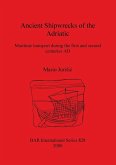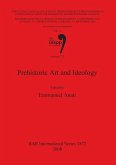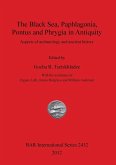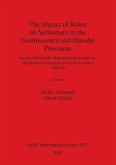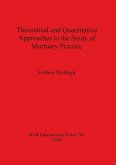Sardinia preserves an exceptional record of its Final Neolithic and Copper Age cultures, with a diverse crafts repertory, henges and dolmens, statue-menhirs, chamber tombs - and the only known ziggurat in Europe. The present study provides a synthesis in English for a scholarly readership interested in Mediterranean adaptations during this earliest period of metallurgy. As elsewhere, the infusion of metallurgy had profound implications, as island cultures underwent a series of transformations tied directly or indirectly to it. Spanning two millennia, these changes are studied in terms of material cultures known as Ozieri, Sub-Ozieri, Filigosa-Abealzu, Monte Claro and Bell Beaker. A more overarching finding from this review is the periodic engagement between these cultures and geographically distant ones. Such punctuations of the insular condition had long-lasting effects on local expression, and some thoughts on how this might contribute to understandings of concepts like identity formation are presented by way of a conclusion.
Hinweis: Dieser Artikel kann nur an eine deutsche Lieferadresse ausgeliefert werden.
Hinweis: Dieser Artikel kann nur an eine deutsche Lieferadresse ausgeliefert werden.



